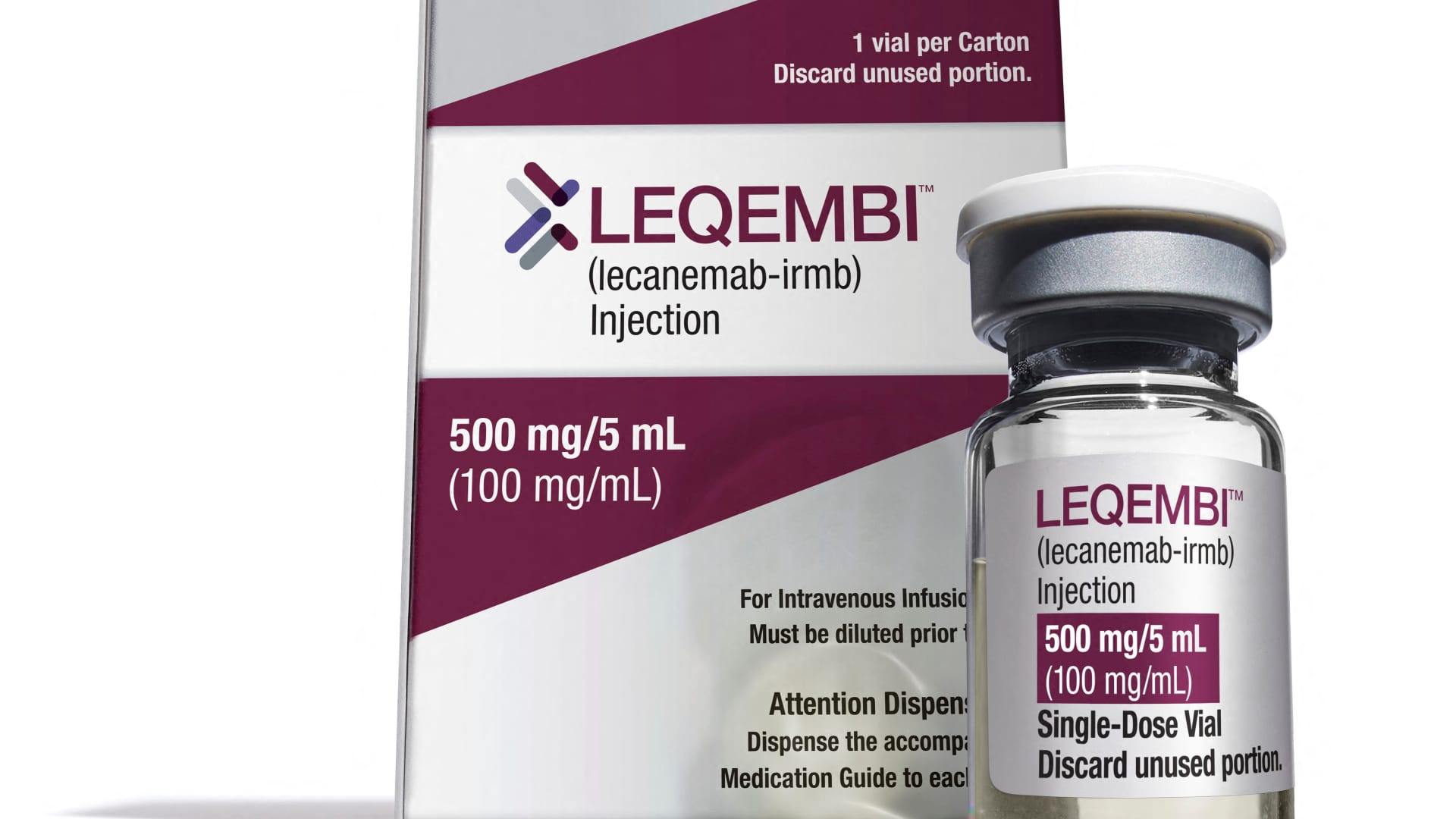Earlier this week, we looked at the upcoming spinoff of DuPont's electronics business and what investors will get from the new Qnity Electronics, which has a strong presence in the semiconductor industry. Now, here's a look at what will be left of the new DuPont after the planned split on Nov. 1 and the shares begin separate trading two days later. With electronics out of the picture, the new DuPont will focus on four key markets: healthcare, water and diversified industrials. The revenue split is approximately 25% in healthcare, 24% in construction, 22% in water, 16% in industrial/aerospace, printing and packaging, as well as 13% in automotive. Healthcare DuPont's healthcare business has seen consistent mid-single-digit organic sales growth with exposure to medical packaging, medical devices, bio/pharmaceuticals and protective apparel. According to the company, more than 90% of the top 25 US medical device companies use DuPont technology to deliver their most advanced products. The company assesses healthcare as a $13 billion addressable market that is growing faster than gross domestic product. It is led by megatrends such as single-use systems, workplace safety requirements, higher performance materials and miniaturization of medical devices. DuPont Water is a leading player in the water industry, specializing in end markets such as industrial, municipal water and desalination, life sciences and specialty, and residential and commercial. The company also plays an important role in the semiconductor manufacturing process. More than 60% of the ultrapure water used in semiconductor processes is purified with DuPont exchange resins. The company views its water franchise as a consistent producer of mid-single-digit organic sales operating within a $7 billion addressable market that is growing faster than GDP, led by trends such as freshwater scarcity, the growth of water-intensive industries, increased regulation and sustainability. Among these trends, management views water scarcity and stricter regulatory requirements as the most favorable, and the company's portfolio is aligned with both. Remember, DuPont rejected its planned water spinoff and decided to retain the business within the new DuPont to enhance the new company's appeal. Industrial The industrial aspect is the most cyclical part of the business whose fate is most closely linked to the overall economy. Here, Dupont has exposure to construction, automotive, industrial and aerospace, and printing and packaging. One area of leadership is automotive: the world's top 10 automotive OEMs use DuPont adhesives. The transition to electric vehicles works in its favor, as electric vehicles feature approximately twice the DuPont content compared to internal combustion engine vehicles. In the aerospace sector, 97% of aircraft builds use the company's Vespel parts. The company views its industrial exposure as a $21 billion addressable market, but growth is largely dependent on GDP and the broader economy. Some megatrend growth drivers the company noted are electrification, the US housing shortage, aerospace and sustainability. Finances Let's move on to finances. Looking back, Dupont's net sales increased at a compound annual growth rate of 2.4% from 2019 to 2025, matching the average of a set of multi-industry peers provided by the company. That set of peers includes 3M, Parker-Hannifin, Illinois Tool Works, ITT and other names in the Honeywell and Dover Club. The company's EBITDA margin in 2025 is a little below the average set by its peers: 23.6% versus 25.7%. From a valuation standpoint, DuPont trades at an enterprise value to EBITDA multiple of 11.4, which represents a massive discount to its peers' average multiple of 16.7. EBITDA means earnings before interest, taxes, depreciation and amortization. Sure, DuPont's margins are a little behind the pack, but we've always thought the market discount goes too far. Part of this discount may be related to DuPont's persistent liability around PFAS permanent chemicals, despite the company's multiple efforts to limit and contain its legal exposure. There have also been a lot of moving parts in DuPont's history over the years. Between combinations, spin-offs, divestitures and acquisitions, the outlook has not always been clear. Looking ahead, management's medium-term financial goals, through 2028, call for a compound annual growth rate (CAGR) of sales growth of 3% to 4%. The math behind DuPont's revenue target is based on 5% organic CAGR growth in the healthcare and water markets and 2% organic CAGR growth in the industrial and construction end markets. Regarding margins, Dupont is targeting a 150 to 200 basis point improvement in operating EBITDA margin, driven by leverage in net sales growth, reduced turnover-related costs and the benefit of productivity initiatives. As for the bottom line, management is targeting an adjusted EPS growth compound annual growth rate of 8% to 10%. Excess free cash flow used for mergers and acquisitions (M&A) or share buybacks would increase the earnings growth rate. DD YTD Mountain DuPont YTD The company has a long history of active portfolio management. It exited a lower-margin, slower-growing business and used its excess cash to acquire higher-margin, secular-growth assets. Most recently, the company announced in August that it will sell its aramids business in a deal that values it at $1.8 billion. The Aramidas business houses the Kevlar and Nomex synthetic fiber brands that specialize in fields such as heat resistance and personal protection. We expect management to use the cash proceeds from this sale to grow its water and healthcare business. By doing so, the company should see an improvement in its overall growth rate and margins, which could help the stock have a multiple closer to that of its peers in the market. What about the valuation? How to value the new Dupont has created a debate among investors that is not as clear as that of Qnity. In theory, dumping a higher multiple asset, like Qnity, should result in some form of multiple compression for the new DuPont. But the company currently trades at a deep discount to its multi-sector peers. A more streamlined structure and management should be appreciated, but how to value the business will be more of an art than a science. In a nutshell It's been 18 long months since DuPont announced its plan to separate. All this time, the stock has been stuck in what's known as spin purgatory, with investors holding off on interest in DuPont until the breakout date approached. The end of this waiting game is finally near. With the turnaround in sight, our thesis remains that the upcoming spinoff will allow both new companies to trade at multiples closer to their peers, thereby creating value for shareholders. (Jim Cramer's Charitable Trust is long DD. See here for a full list of stocks.) As a subscriber to the CNBC Investing Club with Jim Cramer, you will receive a trade alert before Jim makes a trade. Jim waits 45 minutes after sending a trade alert before buying or selling a stock in his charitable fund's portfolio. If Jim has talked about a stock on CNBC TV, he waits 72 hours after issuing the trade alert before executing the trade. THE ABOVE INVESTMENT CLUB INFORMATION IS SUBJECT TO OUR TERMS AND CONDITIONS AND PRIVACY POLICY, TOGETHER WITH OUR DISCLAIMER. NO FIDUCIARY OBLIGATION OR DUTY EXISTS OR IS CREATED BY VIRTUE OF THE RECEIPT OF ANY INFORMATION PROVIDED IN RELATION TO THE INVESTMENT CLUB. NO SPECIFIC RESULTS OR BENEFITS ARE GUARANTEED.











